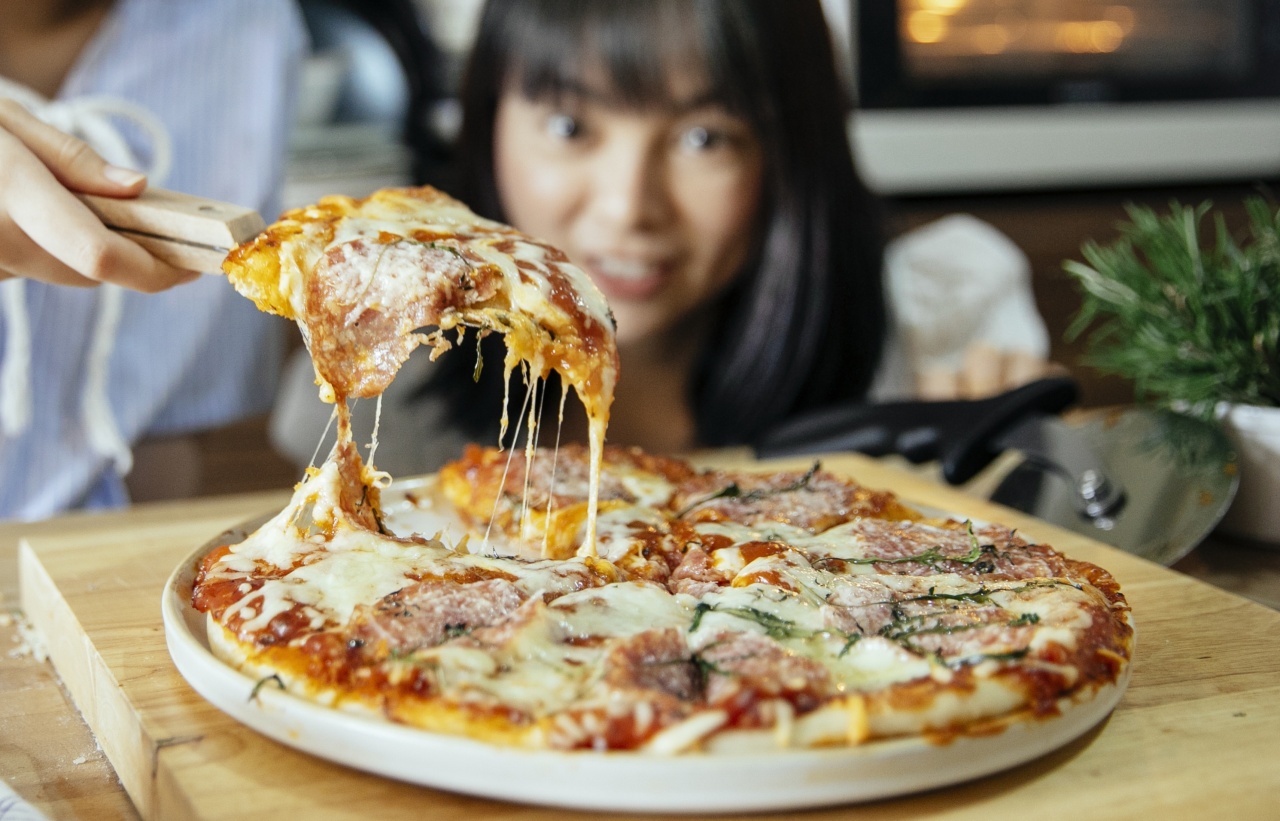As a parent, ensuring your baby receives proper nutrition is of utmost importance. Making homemade baby food can be a wonderful way to provide your little one with healthy and nutritious meals.
However, it is crucial to follow proper steps and guidelines to ensure the safety and well-being of your baby. In this article, we will discuss ten essential steps that will help you make homemade baby food safely.
1. Start with fresh and high-quality ingredients
The first step in making safe homemade baby food is to begin with fresh and high-quality ingredients. Opt for organic fruits, vegetables, and meats whenever possible. Wash all produce thoroughly to remove any dirt or residue.
2. Sanitize cooking utensils and equipment
Prior to preparing baby food, it is essential to ensure that all your cooking utensils and equipment are cleaned and sanitized. Wash them in hot, soapy water and rinse them thoroughly before use.
This helps eliminate any potential harmful bacteria that may be present.
3. Cook food thoroughly
Cooking baby food at the right temperature is vital to kill any bacteria that might be present. Steam, bake, or boil fruits, vegetables, and meats until they are soft and tender.
Avoid adding any salt, spices, or seasonings that may be too harsh for your baby’s developing digestive system.
4. Avoid added sugars and salt
It is important to remember that babies do not need any added sugars or salt in their diet. Avoid adding these ingredients to your homemade baby food, as excessive salt or sugar can be harmful to your baby’s health.
Instead, let the natural flavors of the food shine through.
5. Puree food to an appropriate consistency
When making baby food at home, it is crucial to puree the ingredients to an appropriate consistency based on your baby’s age and development.
For younger babies, a smooth and runny consistency is preferable, while older babies may be ready for slightly thicker textures.
6. Allow the food to cool before serving
Before serving homemade baby food, allow it to cool to an appropriate temperature. This ensures that the food is not too hot for your baby and reduces the risk of burns or discomfort. Test the temperature by touching a small amount of food to your wrist.
7. Store homemade baby food properly
When storing homemade baby food, it is vital to follow proper storage techniques. Use specifically designed baby food containers or ice cube trays with lids to portion and store the food.
Label each container with the date of preparation to ensure freshness. Keep the food refrigerated or frozen according to your baby’s needs.
8. Follow recommended storage times
Homemade baby food should be consumed within a certain time frame to ensure its quality and safety. Generally, refrigerated homemade baby food can be stored for up to 48 hours, while frozen baby food can be stored for up to 3 months.
Discard any uneaten portions to avoid the risk of contamination.
9. Thaw frozen baby food safely
If you choose to freeze homemade baby food for later use, it is crucial to thaw it safely to maintain its nutritional value. Thaw frozen baby food in the refrigerator overnight or use a microwave on the defrost setting.
Avoid refreezing thawed food to minimize the risk of bacterial growth.
10. Practice good hygiene
Lastly, practicing good hygiene throughout the entire process of making homemade baby food is essential. Wash your hands thoroughly before handling any food or utensils.
Avoid cross-contamination by using separate cutting boards and knives for raw meats and produce. Maintain a clean and hygienic environment in your kitchen.
Conclusion
Making homemade baby food can be a rewarding and healthy way to nourish your baby. By following these ten essential steps, you can ensure the safety of the food you prepare.
Starting with fresh ingredients, practicing proper hygiene, and following recommended storage guidelines will help you create nutritious meals for your little one. Embrace the joy of providing homemade baby food while prioritizing your baby’s health and well-being.































